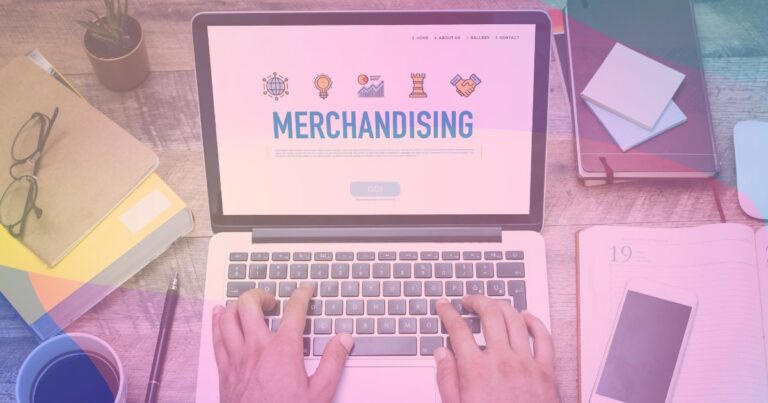You are a YouTuber, influencer, singer, or artist seeking to grow your brand and media presence. Or maybe you’re an ambitious entrepreneur with a fiery drive to establish your brand of personalized items. Then you have arrived at the proper destination:
This blog provides you with all the information and advice you need to get started! There has never been an ideal moment to sell customized items online now, in this day and age of print-on-demand and bespoke merchandise. Custom merch can assist you in monetizing your audience while also elevating your brand!
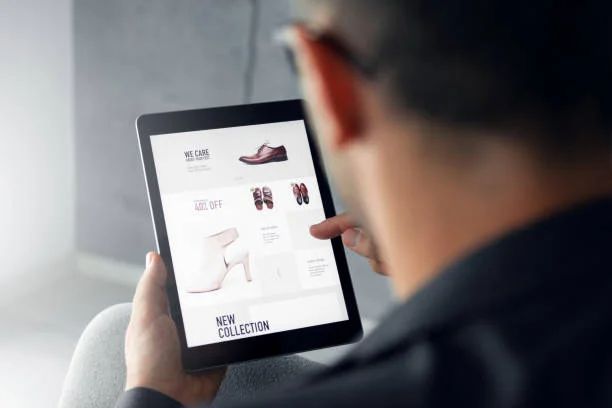
So, if you’re ready to learn how to create your own merchandise through a custom store, let’s get started with this post.
Also read: How to Create a Product Roadmap
Why Should You Create Merchandise?
The promotion of your brand, the development of deeper ties with your fans, and the acquisition of financial resources for your next endeavor is all possible with the sale of customized merchandise. It’s a win-win-win situation. Your supporters will be overjoyed to learn that they can help you financially and yet walk away with something cool.

How to Create Your Own Merchandise?
When creating your merch, you should consider why you want to produce it and who you do it for. Here is some guidance on better organizing your thoughts to design the ideal merchandise for you and your followers.
- Get Ideas and Inspiration
- Determine What Your Audience Desires
- Define Your Brand’s Identity
- Create Merchandise and Select Products
- Partnering with a Manufacturer
1) Get Ideas and Inspiration
In general, three primary kinds of customized merchandise identify as the most prominent among purchasers:
- Personalized apparel (custom t-shirts, caps, hoodies)
- Accessories (bracelets, stickers, phone cases)
- Items for the home and decoration (wall art, mugs)
Whether you’re an artist or a designer, this is a no-brainer: utilize your artwork or designs on the merchandise you sell. It’s a fantastic opportunity to promote your work as an artist! You, the content producer, should make and sell swag that sums up everything your fans love about your work.
Check your metrics to discover what fans would want to see you sell.
2) Determine What Your Audience Desires
Upon establishing your brand image, it is crucial to shift your attention to your target demographic and try to understand them better. Your followers, admirers, supporters, and customers are the people who will be interested in purchasing your personalized merchandise. Even if you believe you have a firm grasp of your audience, creating something they will like demands a more profound comprehension of who they are and what they desire.
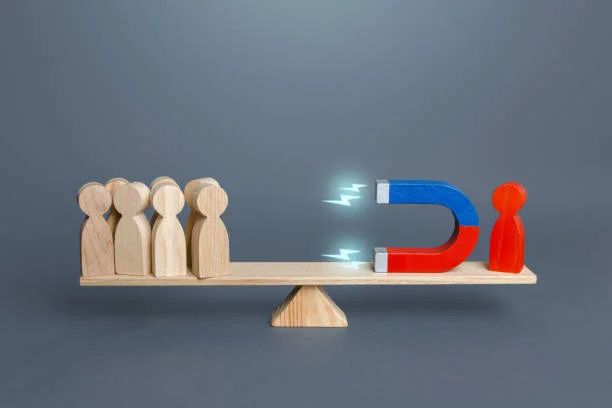
Begin by asking yourself these questions:
- Who do you anticipate purchasing the customized merchandise that you offer?
- Where and how do you usually interact with this group?
- What do they appreciate about you and what you do?
- Is there a recurrent pattern, a joke, or a catchphrase that your audience particularly enjoys and would want to see included on your merch?
After you have thought about and provided answers to all these questions, you should think about directly questioning your audience so that you may learn even more.
The following are some of the methods that you may accomplish it:
- Use Instagram polls to assist your followers in determining your design’s direction.
- Use Instagram Stories to get feedback from followers by posing questions.
3) Define Your Brand’s Identity
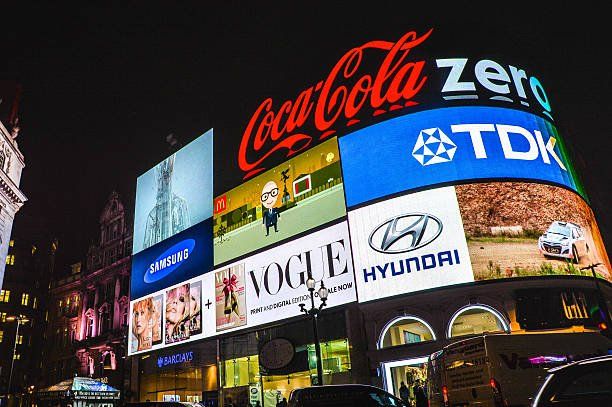
Do you have a brand identity that is easily recognized? If you’ve been promoting yourself for a while, you probably do, but if you’re starting, you could still be working on creating your brand identity. If you’ve been branding yourself for a while, you probably do. Spending time considering the aspects that set your brand apart from others is always well spent. This will assist you in elucidating both your vision and general aesthetic, allowing you to ensure that your merchandise designs fully portray your brand.
4) Create Merchandise and Select Products

Now we get to the truly enjoyable part! You may begin to generate ideas and produce mock-up designs by using what you’ve discovered about your target demographic and your objectives for creating bespoke items. It is important to keep certain best practices in mind when designing your merchandise. Here are some of the most important things to keep in mind:
- Think about the types of shirts to make and the colors you want to use.
- Experimenting with various color combinations and t-shirt designs will help you generate contrasting features to help your design stand out.
- Investigate some of the most recent design trends to get some ideas.
- Use the branded materials you already have as a starting point.
Invest some time in creating the perfect designs for your bespoke merchandise. When you finally launch your own custom merch campaign, carefully polishing your designs will pay off in a big way.
5) Partnering with a Manufacturer
Hire a manufacturer to develop your items if you don’t want to make them yourself. You may create your items more creatively than with print-on-demand. You may manufacture sweatshirts and accessories. There are numerous options for artists and businesses to work with if they need merchandise made, so it’s essential to do some research before committing to a single manufacturer.
Before signing a contract, consider the following:
Ownership
Who owns the rights to your brand’s intellectual property, the apparel designs, and any other intellectual property developed via this collaboration? You must keep the rights if you and your partner separate ways.
Payroll
Is it a consistent monthly fee, or does it fluctuate with the percentage of profits and revenues earned? Revenue-sharing models might be 15% to 50% of your sales when dealing with merchandising firms.
Commitment
We advise against signing long-term contracts with one partner. Create a trial period to assess if this partner meets deadlines, provides excellent products, answers to communications, and is dependable. You may decide whether to hire them after this trial.
Hidden Expenses
Think about everything that may cost money, from storing inventory to choosing and packing orders to shipping charges, designing and managing a website, and providing customer support. Before signing any revenue share agreements, you should know all the potential charges.
Choose a Good Merch Store Platform
You can use several platforms to build a custom merch store.
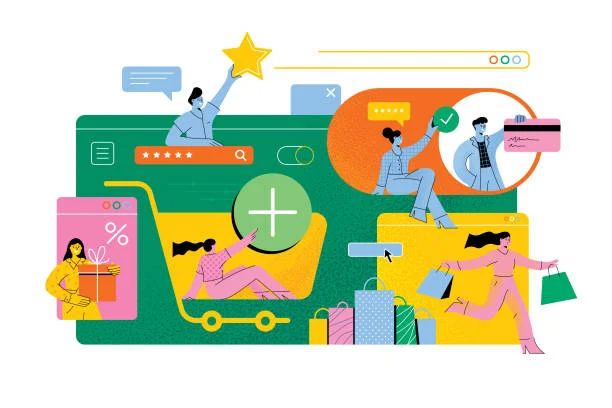
Shopify is the most popular platform. You can choose from hundreds of templates that professional designers have designed or created for your theme. You can also integrate your store with social media and payment processors, manage inventory and shipping, and more. Shopify stores can be set up quickly and easily, making it an ideal option for artists who want to get started selling custom merch online as quickly as possible.
Also read: What Does “No Code Movement” Mean For A Software Developer?
How to Sell Custom Merchandise
Personalizing products offers several options. Let’s look at your possibilities and choose the best one.

Place your custom merch order. Online ordering lets you sell or distribute your goods independently.
You can sell clothes online with a campaign. Set campaign length, pricing, and printing and mailing methods. You may select an end date for your campaign or activate Smart Launch, which restarts it with each new client purchase. Batch printing can boost your campaign’s ROI. With print-on-demand, campaign orders may be made and dispatched in 8-14 days.
Giving Campaigns raise money for your favorite charity or event. If you link your project to the charity benefiting from your fundraising, we’ll send them all the money you’ve raised. Bonfire simplifies selling and buying unique products by providing many options.
You may get one personalized printed t-shirt to promote your brand with no minimum purchase requirements.
Marketing Your Merchandise
Marketing merchandise is slightly different from traditional products, mainly because you should focus on selling merchandise to your existing fanbase before expanding to new customers. That also ensures that you will have a captive audience of prospective buyers.

The following are some potential avenues of promotion that you might pursue to sell your merchandise.
1) Include Your Items in Your Content
You can also promote your merch in your content. The creators of YouTube videos, social media postings, and other forms of content should all find ways to include their products in their marketing strategies.

Shopify is an excellent platform for setting up a merchandising shop since it allows you to effortlessly include your online store within your content, regardless of your target audience. You can try these channels and approaches:
Create a virtual storefront on Instagram and promote your wares by adding tags to your photos and videos.
YouTube: Include a call to action at the end of the video and a link to your items in the video’s description or cards.
TikTok: Collaborate with other producers to encourage them to use your product in their videos.
In addition to your store, you can integrate your items and collections on any website or blog you own by adding a “Buy” button.
The ideal strategy for tying your products into your content is entirely up to you; you know your customers best.
2) Conduct a Pre-sale
A successful new product launch always begins with an effective presale promotion. By doing a presale, you can ensure that your target market will be among the first to acquire your product once it goes on sale.
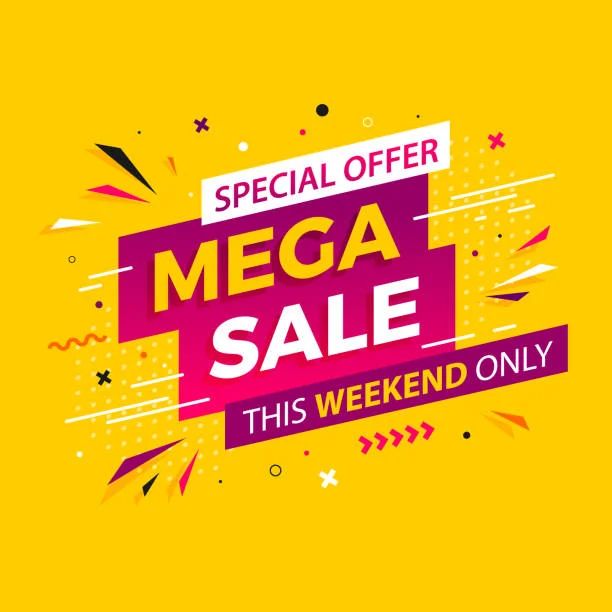
You get what? You can find out how many people want something before you commit to buying any inventory, and you can even make it seem like there’s a limited supply to make people feel like they need to act fast.
3) Recommendations From Others
A fantastic product will sell itself if you buy it. If a supporter purchases your item and wears it frequently, others will likely question where they got it.

But it needs to be a product of the highest quality. If you sell stuff, it means you now have a piece of real estate on your customers, who are out in the world spreading the word about your company. However, if you make anything of poor quality, they will probably use it a few times before discarding it.
You will receive additional exposure whenever your customers use your merchandise or bring your product out to demonstrate how incredible it is to others. Therefore, to build more word-of-mouth buzz, you should design stuff worth showing off.
4) Direct Marketing to Your Current Fans
What about investing some cash in advertisements to market your merchandise? Although prospecting advertising (which actively seeks new customers) might be helpful in some situations, retargeting is where it’s at when selling merch.
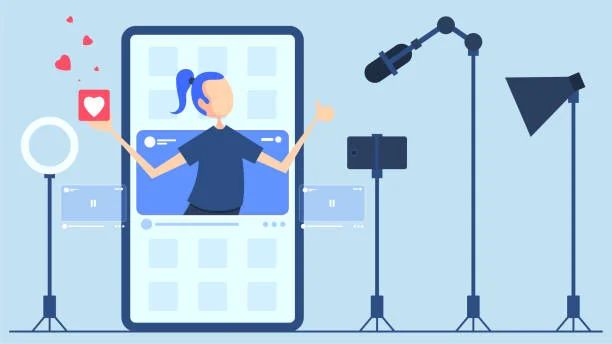
With retargeting, you can show advertising to people who already know, like, and trust your brand—for example, Instagram followers or people who have bought from you. Suppose you have their marketing pixel placed on your site or user emails you can upload to establish an audience of followers to retarget. In that case, you may run retargeting ads on several ad platforms (Google, Facebook, TikTok, Snapchat).
There you’ll get excellent engagement and ROI. In prospecting, people don’t purchase from strangers. So focus your paid media budget there.
If you’ve built an email list, utilize it to market your stuff.
Benefits of Custom Merch
You should sell bespoke items for many reasons, not the least of which is the opportunity to open up a new cash stream. It’s still an excellent method for generating passive money and the fundamental principle of effective marketing.
The following are some of the most significant advantages of producing and selling merch:
- Offering customized products to fans can increase business interest and website traffic.
- Selling merchandise generates a more profound sense of community and connection, strengthening your followers’ attachment, loyalty, and trust.
- Creating your range of goods increases brand exposure and visibility.
- Fans can also demonstrate their support by buying your products, whether you recognize them or not.
Cost of Creating a Custom Merchandise
The cost of creating custom merchandise depends on the number of different products and accessories you plan to sell. Cost also depends on how big of an inventory you plan to keep for a good business model and whether you can get a credit or a profit-sharing model with the manufacturer of the products. Therefore determining an amount is problematic. But you can expect it to cost anywhere between $1,000 to $100,000, depending upon your inventory and fame.
But a one-time fixed cost of getting a custom online store for selling for a professional will cost you somewhere between $ 2,500 to $ 10,000. And you’ll also need someone to handle your store for you, which the same professional can do for the cost of $ 250 to $ 1000/month.
Additional reading:
- How to Make Uber-Like Apps in 2022 – Create Taxi App
- How to Build a Customised Software for Your Business?
FAQs
How Do You Create Merchandise for Your Brand?
Establish your brand’s identity in advance, pay focus on the quality and worth of your products.
Don’t make everything simple for everyone BUT DO know who you’re writing for.
Don’t just copy what’s already out there; have a clear destination as you begin.
DO NOT make branded products with the sole intent of increasing profits.
Can You Make Merch for Free?
You can design free custom merch on some platforms, and some manufacturers provide free design services. However, you lack the skills to build a store yourself, so you should look for a professional to b build and run your store.
What Is the Most Successful Merchandise?
Ten products will sell the most in 2024:
T-shirts, Leisurewear, Decorations for the home, Bags, Sweatshirts, Mugs, Hats, Mobile, phone covers, Stickers, and Masks.

